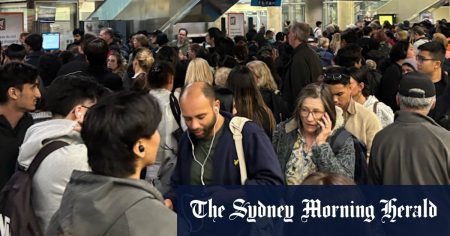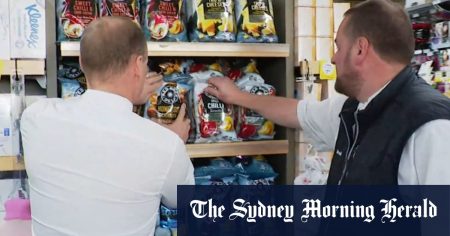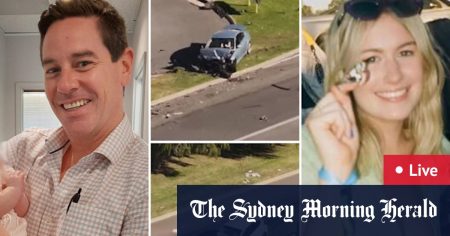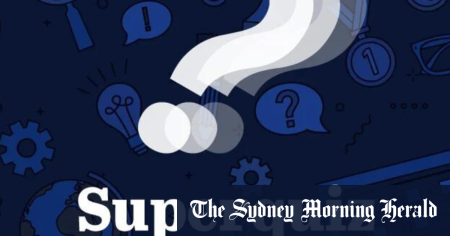Summarize this content to 2000 words in 6 paragraphs The proposal about how the memorial should present the war scandal contains no mentions of Roberts-Smith or his actions. Instead, it envisages that the story of the “most disgraceful episode” in Australia’s military history could be presented to the public via a piece of abstract art called Reckoning by Kat Rae and which would hang above a small glass cabinet containing a redacted copy of the November 2020 Brereton inquiry report into war crimes, a copy of the 1949 Geneva Conventions that outlawed war crimes and a small card bearing the instructions for Australian soldiers about when they can lawfully open fire.Senior staff stressed in internal correspondence that the way it dealt with the “contentious” and “controversial” subject of war crimes should also highlight how “the overwhelming majority of SOTG [special forces] served honourably”.Leaked images of a proposed war crimes exhibit at the Australian War Memorial.“The SOTG mission is a significant one in understanding the Australian experience of war in Afghanistan and should not be told purely through the lens of these allegations,” another internal document states.“It is important to convey that the allegations refer only to a small minority.”The memorial has a cabinet on public display with Roberts-Smith’s uniform, celebrating his status as a Victoria Cross recipient. In September 2023, it added an 84-word plaque to the display that stated that Roberts-Smith was found to be “involved and complicit in unlawful killings” but “has not been charged” and is appealing.LoadingThe leaked documents also revealed concerns among memorial staff that public relations issues could arise as a result of their response to the war crimes scandal.The senior curator suggested Anderson would be the “appropriate person to be stating the Memorial’s position” to present the war crimes scandal to the public and to respond “to any push back”. Another senior memorial staff member is recorded in the files as flagging the need for a strategy “when members [of the war memorial council] object” to the proposed Afghanistan war crimes display.The leaked files also warn that Anderson’s support of the memorial’s role in acknowledging the war crimes scandal had led to “conservative commentators in the media saying that ‘Matt Anderson aided and abetted the Taliban’.”Anderson is also recorded telling his memorial colleagues that some veterans “have said ‘don’t you dare’” catalogue the scandal, while other veterans “have said you must”.In a statement, Anderson said: “The Afghanistan galleries are being curated and informed through many hours of research, stakeholder consultation and engagement.“The Brereton Report will be placed in context; Afghanistan was Australia’s longest war and there are many stories to tell.”The leaked files also include a damning and confidential June 2024 internal staff welfare report that separately details how some memorial employees had raised concerns about “a perception of increased interference” from select members of the all-powerful memorial council in the “professional decisions” of memorial staff. Staff had questioned whether “the personal motivation of some Council members … could be indicative of conflicts of interest”.The council oversees the War Memorial and typically comprises senior business figures, ex-politicians, academics, veterans and defence leaders. Among the council’s most influential recent members were war crimes sceptics and Roberts-Smith backers billionaire Kerry Stokes and ex-defence minister Brendan Nelson.Stokes stepped down as council chair in April 2022, while Nelson left the memorial in late 2022, after which former Labor leader Kim Beazley was appointed AWM chair.Former Labor leader Kim Beazley took the chairmanship of the Australian War Memorial after the departure of ex-Liberal leader Brendan Nelson in late 2022.Credit: James Di StefanoThe leaked staff welfare report, which was based on interviews and workshops with 180 War Memorial staff between March and June, also detailed serious internal concerns about under-resourcing, “fatigue, burnout, and staff attrition”, and how “profoundly increased workloads” were leading to “collective exhaustion” amid the ongoing $550 million memorial redevelopment.“To meet the workload demands, staff reported working overtime (early mornings, late nights, weekends) without remuneration and often without acknowledgement” resulting in “impacts on health” and staff feeling “unable to complete tasks to the standard they would normally achieve”, the report concluded.Veteran investigative journalist and war historian Chris Masters, who has previously worked with the memorial as a curator and who exposed Roberts-Smith’s war crimes in reports for The Age and The Sydney Morning Herald, called on the Australian War Memorial to stop shying away from the war crimes scandal and “do what it is supposed to do and simply tell the truth – that war brings out the worst in us as well as the best in us”.“I can’t see why they can’t balance the story of compassion and cruelty, which is the enduring record of war,” Masters said.The associate director of the Human Rights Law Centre, Kieran Pender, who has worked with military insiders who helped expose war crimes, said the memorial should embrace the role of the brave soldiers who became whistleblowers, calling it “an important part of Australia’s war history”.Historian David Stephens also called for the memorial “to make brave decisions on difficult issues, like war crimes in Afghanistan and the Frontier Wars in Australia. Too often it comes up with bit-both-ways ‘decisions’ which satisfy no one, except perhaps the most rusted-on veterans and certain shock jocks.” The Morning Edition newsletter is our guide to the day’s most important and interesting stories, analysis and insights. Sign up here.















